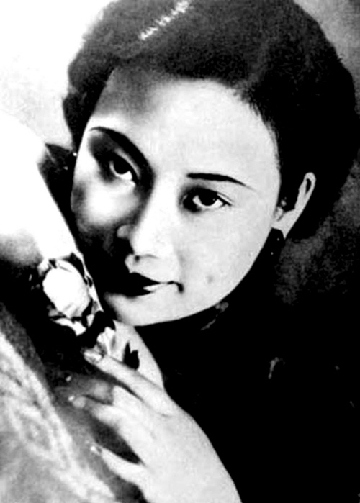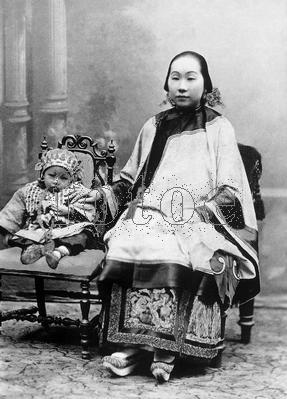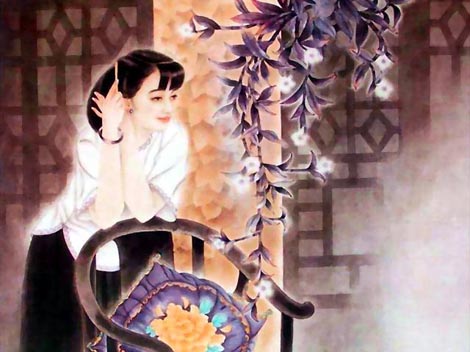Behind the Changing hairstyles
Whether plaited,cut short, waved or dyed, women's changing hairstyles are influenced by the trend of the times, emotional needs and individual personalities.
 |
Plaits and Buns
 |
Teenage girls wore their hair in two buns beside their ears, while unmarried young women wore their hair in a plait fastened with a piece of red woolen thread. Married women wore their hair in a single bun, but young married women's buns were usually shaped like a butterfly.
Chinese Women's hairstyles in the early 20th century
|
 |
In the early 20th century, China was still under the rule of its last feudal dynasty. Everyone wore his or her hair plaited. Men wore their hair with the front half of their head shaved and the back half in a braid. A little girls' and boys' was the same. In their teens, a girl's hair would begin to remain uncut.
|
 |
Teenage girls wore their hair in two buns beside their ears, while unmarried young women wore their hair in a plait fastened with a piece of red woolen thread. Married women wore their hair in a single bun. Young married women's buns were usually shaped like a butterfly. The procedure of making this hairstyle is complex: first, comb the hair backward; second, fasten it tightly to the scalp with a piece of thread; third, twist the hair several times so it won't come loose before coiling it in a bunch at the back of the head; and, finally, fix it with a U-shaped hairpin, and wrap it with a hairnet. Elderly women or women with less hair also wore false buns made of real hair. Since all this fuss was complicated, women in rich families employed maidens, usually middle-aged women from poor families, to fix their hair for them.
















